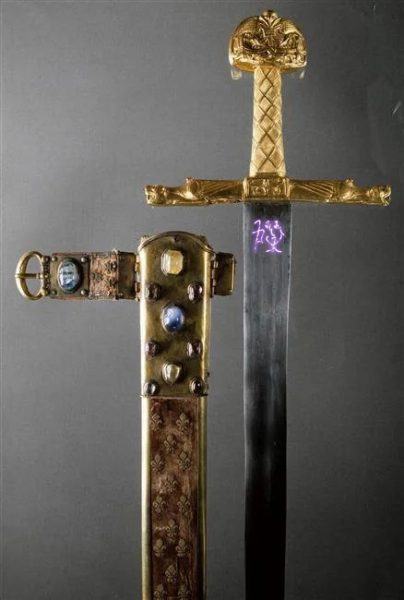In addition to the previous one, a post about those same invisible signs and the history of their invention.
In fact, simply luminous compounds were invented quite a long time ago; so much so that it is not possible to localize the date at all. And it is not surprising, of course, that people and others smeared things, animals, themselves with all these luminous things... the list, in short, can be continued.
The formula for the compounds was significantly improved by none other than Fodallain Goraetvi. The compounds he used,
- did not fade for tens and hundreds of years;
- could respond to a variety of triggers.
The trigger that interests us is the touch or proximity of the owner. The owner, accordingly, is the one whose genetic information is contained in the composition. It was extracted from skin or hair particles; how exactly - I do not know exactly, and I am not particularly eager to write articles. If it worked, then somehow it was done.
And, in fact, the resulting thing was applied to... anything. Fodallain introduced the fashion of marking weapons in this way, and this custom took root. So much so that people from all over the area subsequently approached the Glinnarians to have some blacksmith mark their weapons with some kind of sign.
The most famous example of this is the semi-legendary sword Joyeuse, which belonged to the Hessian dynasty of Lorraine. Right at the hilt, it has the hieroglyph for "joy", echoing the name of the sword (Hessian: joyous "joyful"). As you can see, more than a thousand years have passed, and the sign still stands. It has, however, been "activated" only a few times these days, so that nothing happens to it, which is why there are not many photos of this kind. This is the best quality one I could find.

